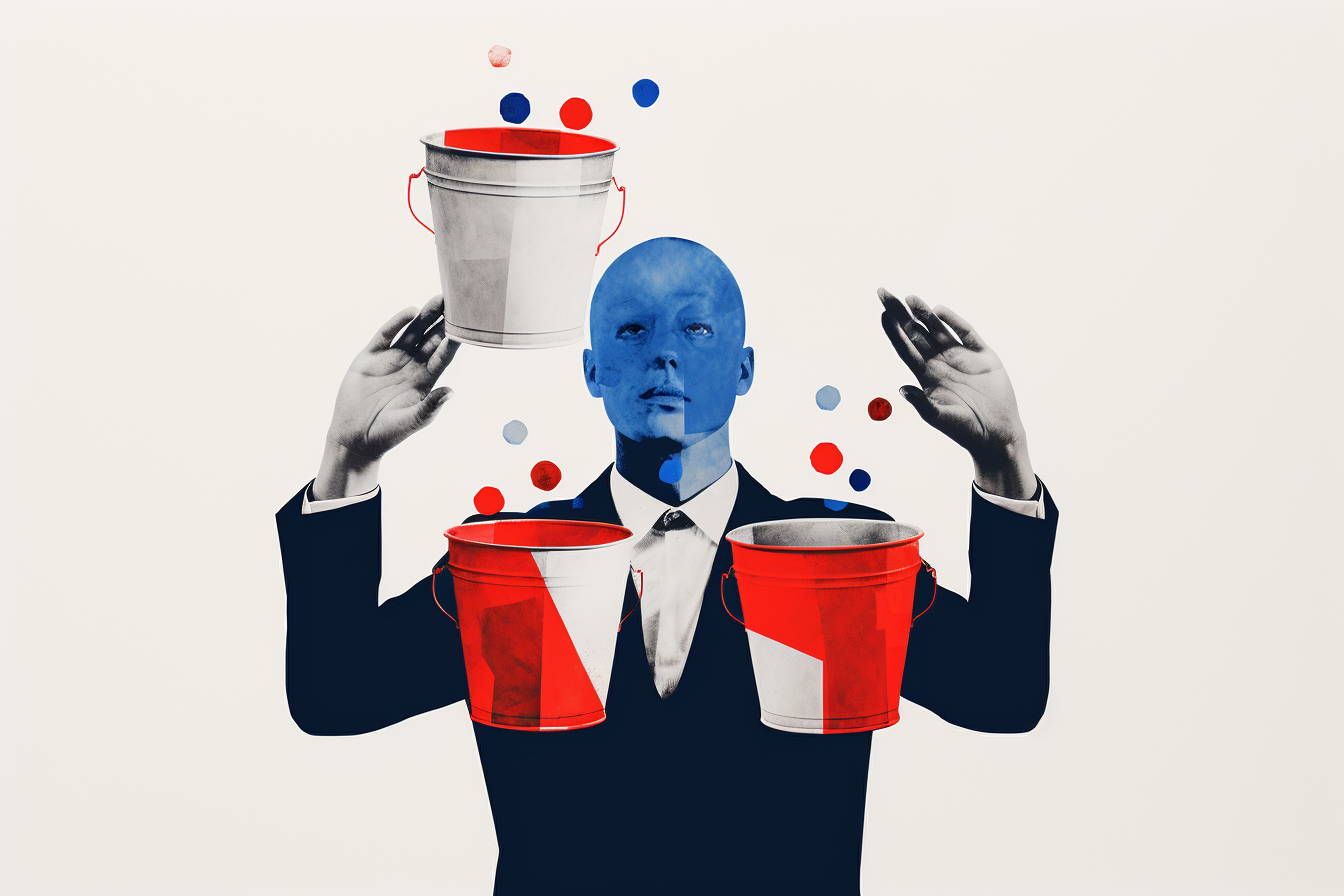Can you get quantitative data from qualitative data?
Introduction
Qualitative research tends to focus on describing phenomena rather than measuring it. That said, any data analysis approach has its limitations, which compels us to acknowledge that both qualitative and quantitative approaches to research can go hand in hand to provide a richer understanding of the world around us. In this article, we will examine the quantification of qualitative data and explore the process of converting qualitative data for quantitative analysis.

Can you get quantitative data from qualitative data?
The straightforward answer to this question is yes: you can quantify many forms of data that aren’t easily quantifiable. However, the process involves more than just counting or measuring; it requires a meticulous approach to ensure that the conversion preserves the depth and nuance that qualitative data often captures.
Many fields of study employ both qualitative and quantitative approaches, including:
- market research
- nursing research
- teaching and learning
- user research
Firstly, it’s essential to recognize that qualitative data is inherently rich in detail and context. It provides narratives, experiences, and emotions that can be complicated to capture with numbers alone. Examples include interview transcripts, open-ended survey responses, or field notes that capture observations and conversations. These are all treasure troves of insights that can reveal not just what is happening but also why it’s happening.
To use this data quantitatively, researchers can use various techniques and methods, often starting with coding. Coding involves breaking down the data into discrete parts and labelling these parts with codes. These codes can then be grouped into categories, themes, or patterns. Once this step is completed, you can generate quantifiable information by counting the frequency of each code, theme, or category.
For example, imagine you have conducted interviews with 50 participants about their shopping behaviors and preferences. During the interviews, you may find recurring themes or phrases like “convenience,” “low prices,” and “brand trust.” You can code these phrases and count the number of times each phrase appears across all interviews. In this way, you can convert words and narratives into numbers and frequencies.
Quantifying data is less about diminishing its value or complexity and more about providing another lens through which to interpret it. Quantifying data can aid in identifying trends, making comparisons, and supporting arguments with statistical evidence. When you pair the quantitative findings derived from the data with the rich, contextual insights of the qualitative data, you end up with a multi-dimensional view of your research topic.
